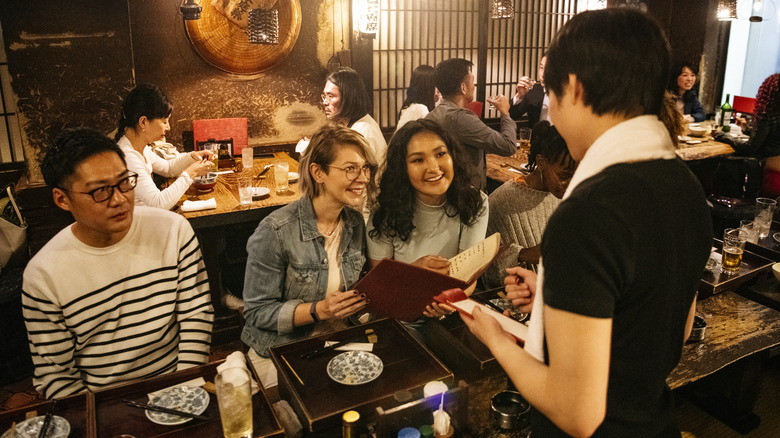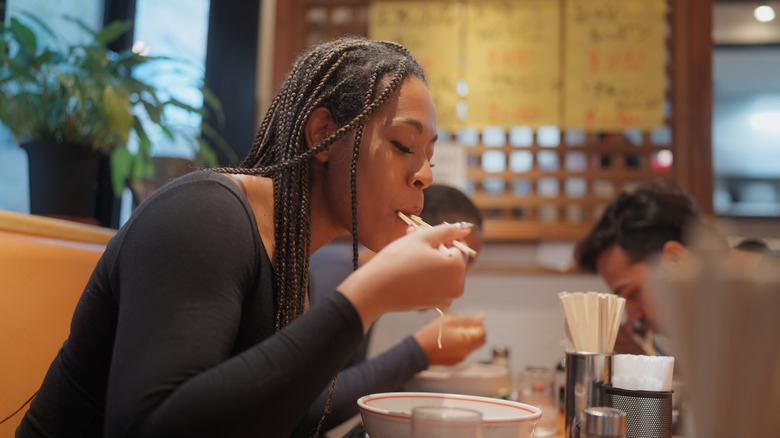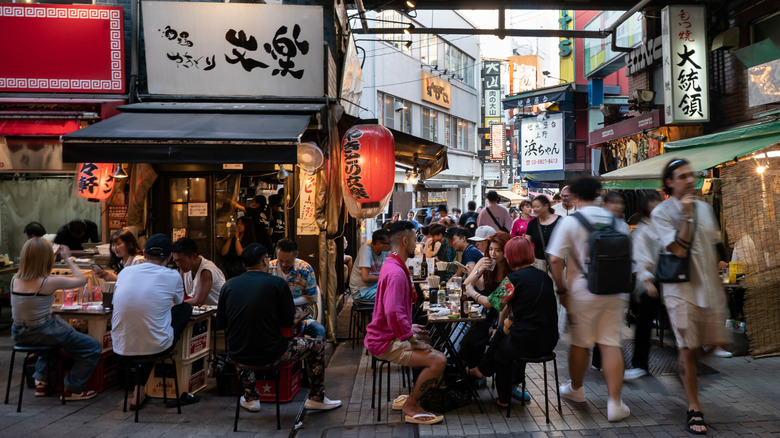It seems like Japan is on everyone’s travel itinerary these days. After barring tourists for two years due to the COVID-19 pandemic, the country’s tourism sector has made a speedy recovery, even setting new records for the number of international visitors entering its borders.
It isn’t difficult to understand why Japan is such a draw for tourists. There are the futuristic buildings in the recently redeveloped Shibuya ward of Tokyo, some of the most beautiful temples and shrines in the world, and too many one-of-a-kind museums to count, ranging from the moving Hiroshima Peace Memorial Museum to the poop-themed Unko Museum in the capital, and many, many more.
For many visitors, Japan can feel like a playground full of new and exciting experiences. However, not everywhere in the Land of the Rising Sun is so welcoming of tourists, and there’s no better reminder of this than the “Japanese only” signs posted outside of some restaurants and izakayas (informal establishments selling alcohol and snacks). While the message behind these signs can seem harsh and even discriminatory to outsiders, some locals would say the “Japanese only” rule exists for a reason.
Language and cultural barriers may be behind the rule

Even as millions of tourists flock to Japan, keep in mind that Japanese people make up the vast majority of those dining at restaurants across the country. According to data from the CIA, a whopping 97.5% of the population is Japanese. Moreover, Japan ranked 87 out of 113 countries in EF’s English Proficiency Index list, landing in the lower end of the “low proficiency” category.
With this in mind, the owners and staff at some establishments may be reluctant to welcome guests they fear might misunderstand them and their culture. Restaurant workers might not have translated menus prepared, and they may not know how to explain their food to people who don’t speak Japanese. That was the reason one Okinawa bar owner gave for posting a “Japanese only” sign, according to Okinawa Times (link in Japanese).
Even if you believe you just need a translation app to bridge the language gap, remember there are also cultural differences that can make dining out challenging for some tourists. For instance, unlike in the U.S. and some other countries, requesting adjustments to menu items is unusual in Japan, even if someone has a dietary restriction. Additionally, showing up late — or not showing up at all — for a restaurant reservation may be trivial in some places but can be seen as an insult in Japan. Even if these habits don’t apply to you, they explain why some restaurants are hesitant to serve non-Japanese patrons.
Don’t let the rule ruin your trip to Japan

Knowing that locals-only restaurants exist in Japan can be a downer for some tourists, and it can be even more disheartening to run into these eateries during your travels. The good news, however, is that the “Japanese only” rule doesn’t have to get in the way of your food tourism experience. Restaurants serving only Japanese customers aren’t so common, especially in big cities such as Tokyo and Osaka. Plus, they tend to be small, easy-to-overlook spots, such as tiny izakayas and snack bars.
Still, if you want to avoid getting turned away, stick to restaurants welcoming foreigners. Chain restaurants tend to welcome a variety of diners and even offer English menus for those who can’t read Japanese. If you prefer to eat at local and independent establishments, a quick online search for reviews by non-Japanese customers will help clarify where to go. If you only find feedback from locals, be aware that the restaurant might not be as accommodating to international tourists. Alternatively, you may have stumbled on a true hidden gem.
If you do go to a restaurant and get rejected at the door, don’t let the experience get you down. With an estimated 60,000 restaurants in Tokyo alone (and countless more across the country), you won’t be at a loss for options, from Michelin-starred restaurants to quirky maid cafes.

